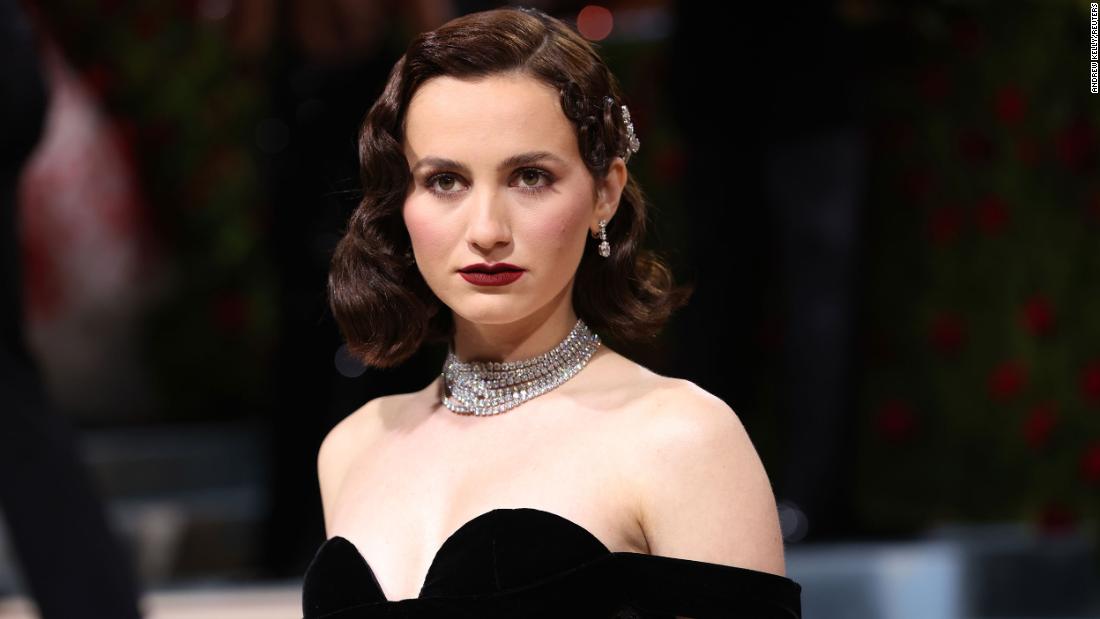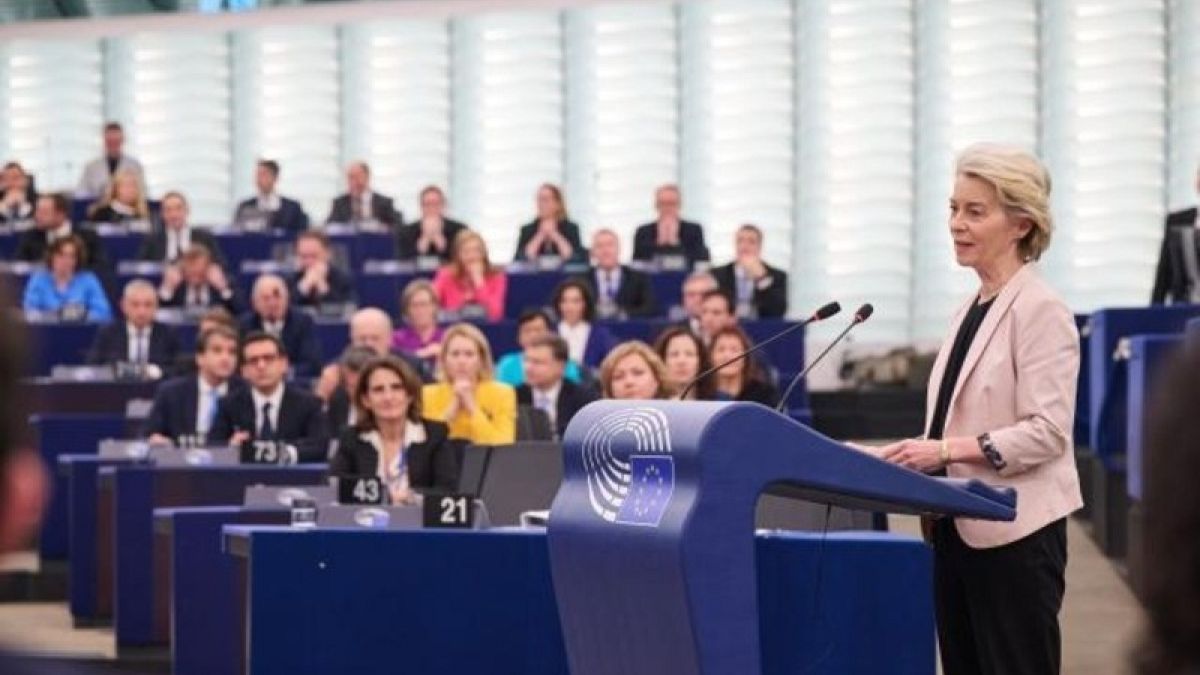Reality seeps into “The Seed of the Sacred Fig” in multiple ways, including ones that writer-director Mohammad Rasoulof couldn’t have imagined back when he shot this absorbing drama in secret. One of Iran’s signature filmmakers — and among those most often in the theocratic government’s crosshairs — the 52-year-old auteur, now living in exile in Europe, tells the story of a family whose social standing becomes threatened by simmering societal tensions right outside their door. In order to preserve the rigid status quo, the clan’s patriarch will do everything he can to keep the winds of change from invading his household and affecting his wife and daughters. By making the political personal, Rasoulof warns us that repression starts at home.
Misagh Zare stars as Iman, who has just been promoted to investigating judge in the Revolutionary Court, a reward for 20 years as a dedicated attorney. His supportive wife, Najmeh (Soheila Golestani), is proud of him but also excited for what this new job means for them and their children, willful 21-year-old Rezvan (Mahsa Rostami) and insecure teen Sana (Setareh Maleki). They’ll receive a spacious home in a better section of Tehran, and maybe they can finally buy that dishwasher Najmeh has been craving. But Iman warns his family that, since judges are demonized in Iranian society, they need to be careful not to spread this news around. Underlining the occupational hazards awaiting Iman, he has been issued a gun for his protection.
As soon as Iman shows his alarmed wife that gun (it’s loaded, but he assures her the safety is on), audiences can start worrying about precisely when the weapon will go off. Provocatively, Rasoulof makes no attempt to hide his story’s metaphors or plot twists. If anything, he boldly foreshadows the darkness just on the horizon, shooting his drama austerely, the weight of inevitable doom hanging over everything.
Over the last 15 years, Rasoulof (“Manuscripts Don’t Burn,” “There Is No Evil”) has been imprisoned multiple times and had his passport confiscated, accused of spreading anti-government propaganda through his politically pointed films. “The Seed of the Sacred Fig” was inspired by one such jail stint in 2022, which occurred during the same time as that summer’s “Woman, Life, Freedom” uprising, sparked by the death of 22-year-old student Mahsa Amini while in the custody of the police, who arrested her for not wearing a hijab in public. (Authorities claimed Amini died of a heart attack, but her family insisted they fatally beat her.)
Those real-life events strike a match that lights the film’s slow fuse. Initially, Rezvan and Sana express frustration that their father’s new job requires them to conduct themselves “properly” outside the house. (Who knows who might be monitoring their social media presence?) But soon, it’s impossible for them or their mother to miss the violent protests in the wake of Amini’s death. Najmeh steadfastly echoes what she sees on state-run news services — Amini’s death was an accident — whereas her daughters, getting information on their smartphones, strongly suspect otherwise. And then Rezvan’s college friend Sadaf (Niousha Akhshi) is accidentally trapped in a campus protest, her face obliterated by buckshot fired by police. Long maintaining that the protesters are just thugs, Najmeh painfully removes the rounds from Sadaf’s bleeding wounds, her assumptions about the government she’s loyally obeyed falling away.
A film about complicity and denial, “The Seed of the Sacred Fig” examines how a seemingly reasonable husband and wife can tacitly support this national charade. Iman quickly learns that the “investigating” part of his job title is more of a suggestion: He is expected to sign death warrants for individuals the prosecutor has demanded be executed. At first, his conscience bothers him, but Zare’s performance is a wonder of quiet rationalization as Iman gradually decides that going along is better than making waves. A man of no strong principles beyond protecting his status, Iman is by turns pathetic and terrifying, the latter occurring when Iman discovers that his gun has gone missing, an oversight that could lose him his promotion. His fervor to determine who took the weapon reveals a shockingly monstrous side, turning his wife and children into frightened suspects and leading to a jarring tonal-shift ending that proves to be a cathartic, believable final destination for a film simmering with mistrust and anger.
Anticipating his movie’s inflammatory subject matter, Rasoulof had to cast and film “The Seed of the Sacred Fig” without tipping off the authorities. That knowledge adds additional layers of defiance and bravery to this grim tale, which incorporates actual protest footage and video of police brutality to amplify the narrative’s verisimilitude. But ugly reality imposed itself unpredictably as well. Shortly before the film’s Cannes premiere, Rasoulof was once again sentenced — this time, for eight years in prison. Instead, he fled Iran, arriving at the festival screening to a hero’s welcome. The sorrow and hope interwoven through “The Seed of the Sacred Fig” are vibrant but also bittersweet, considering that Rasoulof had to escape his homeland for telling the truth about the oppressive regime seeking to silence him.
“The Seed of the Sacred Fig” may open on Iman, but eventually, the focus shifts to Najmeh and her daughters, who are positioned as the possibility for liberating Iran from its regressive, patriarchal government. Rezvan and Sana are young and smart enough to recognize the regime’s cruelty, which makes Najmeh’s evolving mindset the film’s emotional center. Golestani shines as a woman clinging to her illusions — about a wife’s place, about women’s second-class status — because she’s never permitted herself to think any other way. The actor, like everyone else in “The Seed of the Sacred Fig” who took part at grave risk, makes that awakening moving. Najmeh thinks she’s saving her daughters — they may end up freeing her instead.
‘The Seed of the Sacred Fig’
In Persian with English subtitles
Rated: PG-13, for disturbing violent content, bloody images, thematic content, some language and smoking
Running time: 2 hours, 48 minutes
Playing: Opens Wednesday, Nov. 27, AMC Century City


























/cdn.vox-cdn.com/uploads/chorus_asset/file/25739950/247386_Elon_Musk_Open_AI_CVirginia.jpg)





